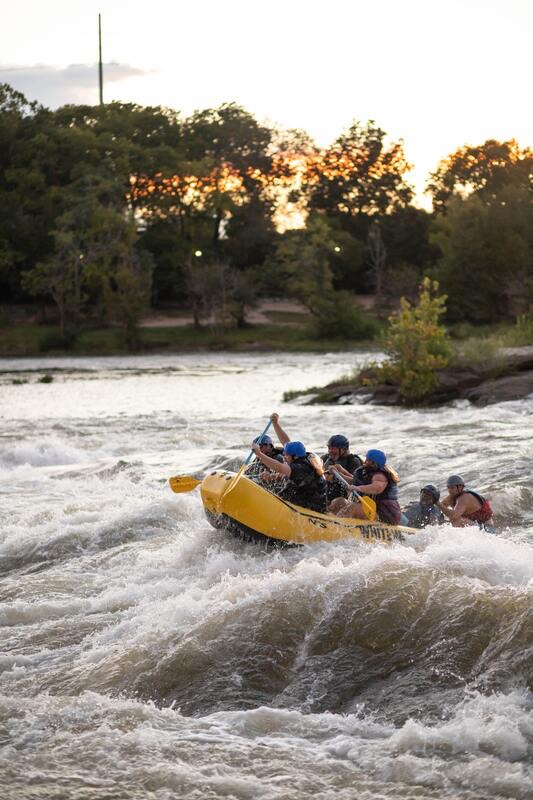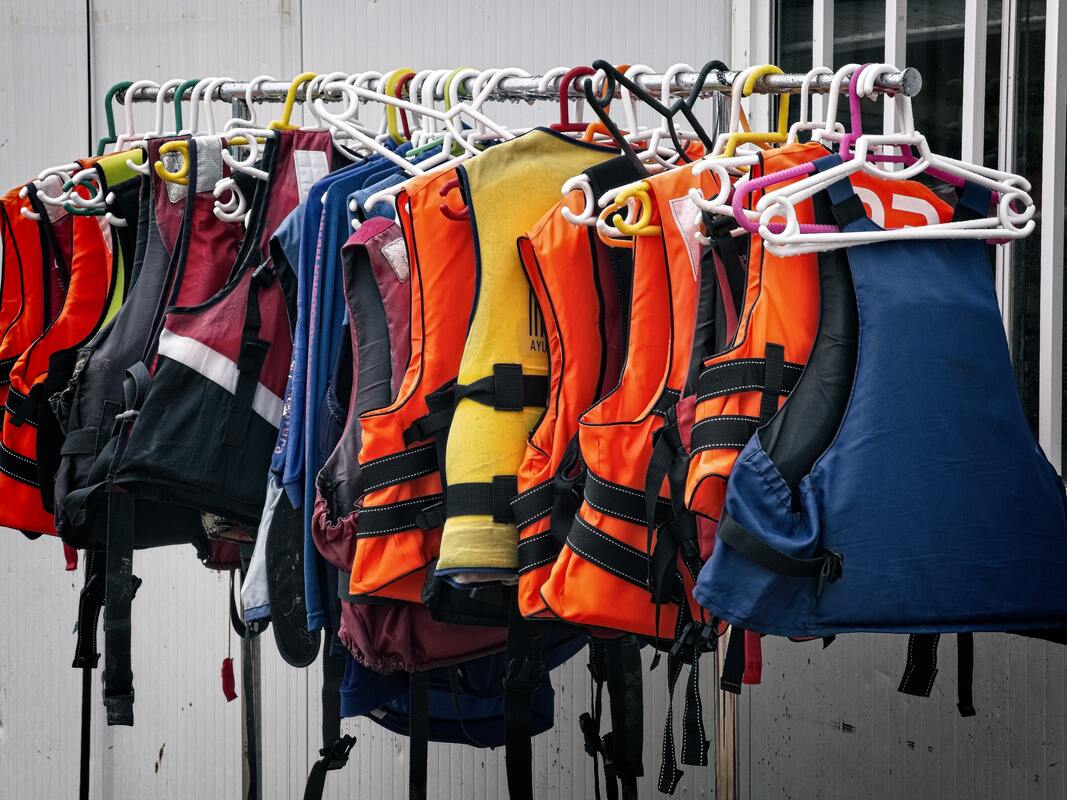Therapeutic ApproachRafting can be an exciting way to practice teamwork and challenge within the bounds of healthy risk-taking.
Being on the river often serves as a positive environment for healing, cleansing, and reflection. Wilder sections have the potential to induce adrenaline in healthy ways. TRS staff uses metaphorical transference to prompt participants about how their experience on the water is applicable to their lives. |
What to expectTRS is currently in the process of creating the infrastructure needed to facilitate rafting programs.
Our rafts have the capacity to hold up to six people and a guide, depending on the river section and water level. While the float section is mild and scenic, the Racecourse varies considerably from year to year turning at times into a technical series of maneuvering through rock gardens and at times a train of significant waves, boulders, and holes. Our goal is to offer rafting on the Orilla Verde float section of the Rio Grande (class I and II,) the Racecourse section of the Rio Grande (class III+) and the day section of the Chama River (class I, II, and III.) Eventually it might be possible to offer expeditionary rafting on the wilderness sections of the Chama River. TRS staff are happy to provide more information based on the time of year and the water level each season. |
What you need to bringEvery paddler must wear a PFD (personal floatation device) that is checked and fitted by TRS staff and is rated for whitewater rafting. Depending on the river section and water level, participants might be asked to wear helmets.
Participants should wear synthetic/gym clothing (not denim or cotton,) closed-toed shoes that can get soaked, and a hat/sunglasses. Additionally, a dry change of clothes and shoes, and a towel are suggested. Participants should not bring anything valuable down the river that could become ruined or lost (cellphones, expensive watches, sentimental jewelry, etc.) TRS will provide PFD’s, helmets, paddles, boats, carabiners, bags, Nalgene bottles, throw ropes, pumps, rescue equipment, and a First Aid kit. |
Services |
CompanyAbout Us
Contact Us |

